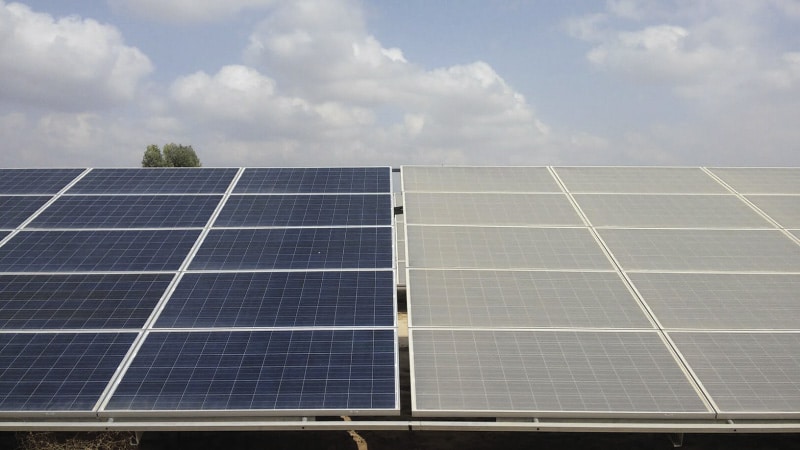From pv magazine International
How much better can PV plants perform and how much extra yield and cash can owners squeeze out of them? The simple answer is, the global solar fleet could generate an extra $14.48 billion in 2024 if asset management and operations and maintenance (O&M) were carried out to the highest standards.
That remarkable claim is the result of a study by digital asset management company Raycatch. The automated diagnostics provider fed the data of 75 solar plants into its proprietary DeepSolar artificial intelligence (AI)-driven analytics software and received what it described as the first quantification of technical issues in PV plants from real-data analysis.
In January, a Raycatch team collected data from sites in the United States, Japan, Germany, India, Italy, the United Kingdom, Australia, Denmark, Norway, Finland, France, Spain, Romania, Israel, Taiwan, and Thailand, representing a cumulative generation capacity of 1.2 GW.
Running the numbers through AI-driven software enabled Raycatch to eliminate data ‘noise’ such as that generated by faulty sensors, shading, temperature changes, clouds, and electrical issues. Without the analytical properties of the AI-driven software, the researchers claimed, such noise would have obscured meaningful information which identified patterns and the root-causes of problems.
The arrays studied had an average generation capacity of 16.1 MW and featured 2,298 strings connected to 115 inverters.
The data analysis identified worn-out equipment as one of the most common causes of solar system under-performance. That might comprise degradation, back sheet, or soldering issues in modules, with panel problems making up a striking 80% of the performance issues analyzed. Inverter efficiency loss, which occurred in 55% of the plants analyzed; and string disconnection, which occurred in 65%, were also big culprits. Solar tracker malfunctions and faulty cables, connectors, and sensors were another problem, with faulty sensors occurring at a quarter of the sites. A lack of cleaning and grass cutting was among the other issues observed, as well as inefficient and lengthy manual repairs, according to the Raycatch analysis.
Having filtered out the irrelevant noise in the data, the Raycatch team ran the figures to estimate the volume of “recoverable energy” based on generation levels in the previous 12 months. The team estimated the plants had an average 5.27% recoverable energy. Translated into an annual figure, that added up to a $160,000 increase for the average, 16.1 MW plant.
The findings were married up with forecast assumptions made by industry body SolarPower Europe to calculate $6.3 billion worth of solar electricity will have been lost due to such failings in 2019, when the world had an estimated 630 GW of solar generation capacity. Based on the expectation that the global solar fleet could swell to 1,448 GW by 2024, the annual bill for such component failures could hit $14.48 billion.
This content is protected by copyright and may not be reused. If you want to cooperate with us and would like to reuse some of our content, please contact: editors@pv-magazine.com.









By submitting this form you agree to pv magazine using your data for the purposes of publishing your comment.
Your personal data will only be disclosed or otherwise transmitted to third parties for the purposes of spam filtering or if this is necessary for technical maintenance of the website. Any other transfer to third parties will not take place unless this is justified on the basis of applicable data protection regulations or if pv magazine is legally obliged to do so.
You may revoke this consent at any time with effect for the future, in which case your personal data will be deleted immediately. Otherwise, your data will be deleted if pv magazine has processed your request or the purpose of data storage is fulfilled.
Further information on data privacy can be found in our Data Protection Policy.